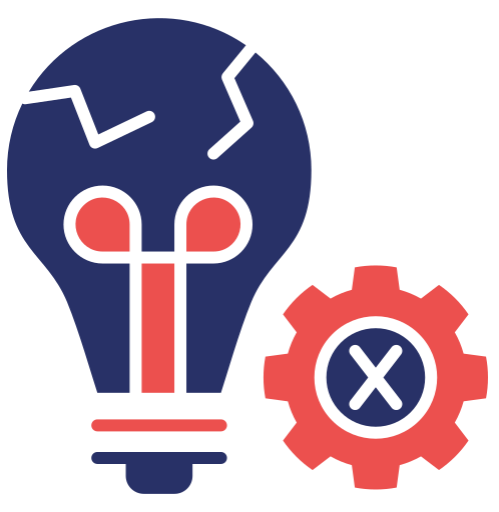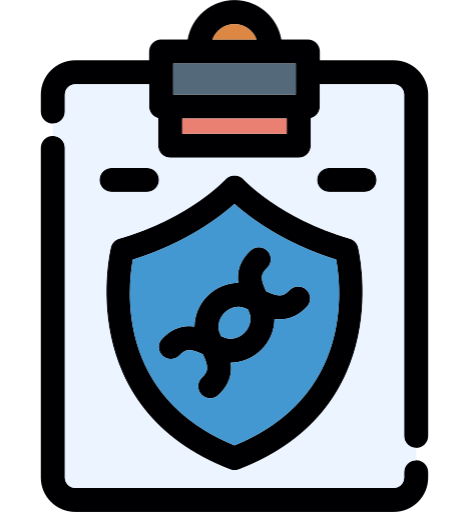-
RC Q&A Session 2024
9 Lessons
LV and MV Protection Coordination using ETAP
Master Low Voltage (LV) and Medium Voltage (MV) Protection Coordination with ETAP through a structured, hands-on learning approach.
This course is designed to help engineers and students understand fault analysis, protection devices, relay coordination, and advanced protection schemes through real-time simulations in ETAP.
💰Register now @ ₹23,600/-
What You'll Learn
This training will equip you with the essential knowledge and practical skills to confidently work with LV & MV Protection Systems. You’ll learn how to analyze faults, select devices, coordinate relays, and apply protection schemes effectively.

Fundamentals & Fault Concepts
Understand short-circuit concepts, different fault types, and the fundamentals of earthing systems.

LV Protection Devices & Applications
Learn about MCB, MCCB, ACB, RCCB, electronic releases, breaker terminologies, and modeling protection schemes in ETAP.

MV Protection Principles
Gain in-depth knowledge of transformer protection (SI, GI, 51N, 51G), motor protection, incomer bus coupler settings, and differential protection

Relay Coordination & System Studies
Step-by-step approach to relay coordination, fault analysis, and system protection studies for reliable power system operation.
Ready to take the first step in LV and MV Protection Coordination using ETAP?
Course Curriculum
What You’ll Learn – LV and MV Protection Coordination using ETAP
Day 1: Short Circuit Study
- Effect of SC, causes of SC, IEC definitions, Why Short Circuit?
Day 2: Earthing Systems
- Types of Earthing, SLG fault current for various earthing systems
- Assignment
Day 3: LV Protection Devices
- Need for Protection: CCT, MCB, MCCB, ACB
- LV Modeling in ETAP
- Notes + Assignment
Day 4: Electronic Releases
- Setting for LSIG
Day 5: Setting Calculations
- LITE calculations
Day 6: LV Breaker Terminologies
- Breaker parameters (Icu, Ics, Icw, Icm, etc.)
- Standards & reference material
Day 7: Protection Basics
- Overcurrent and Earth Fault Relay Basics
Day 8: Transformer HV Protection
- SI, GI, 51N, 51G fundamentals
Day 9: Group Settings & Standby Earth Fault
- Coordination techniques and assignments
Day 10: Motor Protection & Relay Coordination
Day 11: Incomer Bus Coupler Settings
Day 11: Incomer Bus Coupler Settings
Day 12: Differential Protection
- Generator differential protection
Day 13: Motor Protection
- Thermal overload, stall, acceleration, & startup supervision
Day 14: Advanced Protection – Preview
Why is this course
for you?
- Learn how to analyze faults and apply correct protection settings for both LV and MV systems.
- Gain hands-on experience in ETAP, the industry-standard software for protection studies.
- Understand how to select, set, and coordinate protective devices step by step.
- Bridge the gap between theory and real-world applications through structured, practical exercises.
- Boost your career prospects with in-demand expertise in protection coordination and ETAP.
Ready to take the first step in LV and MV Protection Coordination using ETAP?

If we haven’t met yet…
If we haven’t met yet…
Hi, I am Selva, gold medalist in Power System engineering from Anna university, Chennai, Tamil Nadu
I have 18 years of invaluable experience in the power industry. Throughout my career, I've had the privilege of working with renowned organizations like PRDC, Tata Consulting Engineers Limited, and ABB, where I honed my expertise in power system studies and analysis. Currently, I proudly serve as the Business Head in Power Projects, leveraging my extensive knowledge to drive excellence in this field.
Er. Selvakumar S
Business head - PowerProjects
Ready to take the first step in LV and MV Protection Coordination using ETAP?
-
- Life Time Recording Access
- Practical case studies
- ETAP-based simulations
- Assignments & Notes included
Frequently Asked Questions (FAQ)
Who is this course for?
This course is designed for electrical engineers, power system professionals, and students who want to gain practical knowledge in LV and MV protection coordination using ETAP.
Do I need prior ETAP knowledge to join?
Basic knowledge of electrical power systems is recommended, but prior ETAP experience is not mandatory. The training includes step-by-step guidance on using ETAP for protection coordination.
What topics will be covered in this course?
The course covers short-circuit concepts, LV protection devices (MCB, MCCB, ACB, RCCB), MV protection schemes (transformer, motor, bus coupler, differential protection), and relay coordination using ETAP.
Will there be practical sessions?
Yes, the course includes hands-on ETAP sessions where you will perform fault studies, device selection, and relay coordination step by step.
How long is the training program?
The program is typically structured over multiple live sessions, ensuring you gain both theoretical knowledge and practical skills.
Will I receive a certificate after completion?
Yes, participants who successfully complete the training will receive a certificate of completion.
. Can I access recordings if I miss a live session?
Yes, session recordings will be provided so you can revisit or catch up on missed topics.
How will this course help my career?
By mastering LV and MV protection coordination in ETAP, you’ll gain in-demand skills that are highly valuable in power system design, operation, and consultancy roles.
Not sure how to get started with design engineering? want a free consulting call?
We’ve got you covered!
Fill out the form to get personalized guidance on how to:
✱ Transform your career in electrical engineering
✱ Discover the best tools and software to learn
✱ Identify the next steps to take toward design engineering
Start your journey today!



Reviews
5
Top Rated
Relay coordination LV Aand MV
This is an easy way to learn relay coordination LV and MV, and his clear instruction and practical approach made complex topics easy to understand.
Selva Subramanian
Excellent
I Recently Completed The Course And Found It Highly Informative. The Trainer Was Excellent, Providing Clear And Detailed Explanations Of Complex Electrical Concepts. This Course Has Greatly Enhanced My Understanding Of Protection Coordination And Fault Mitigation. I Highly Recommend It To Anyone Working In Electrical System Design And Maintenance.
Rate this course